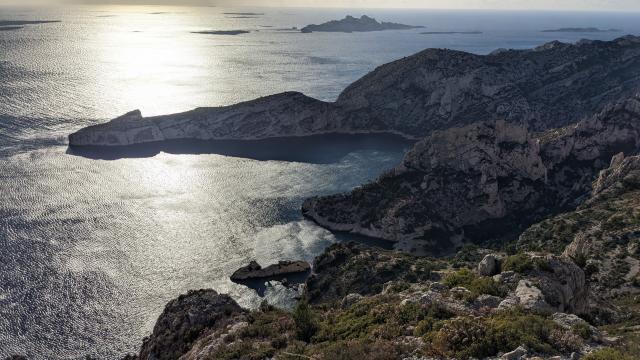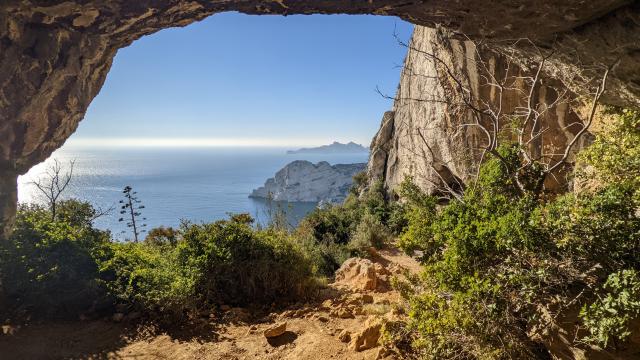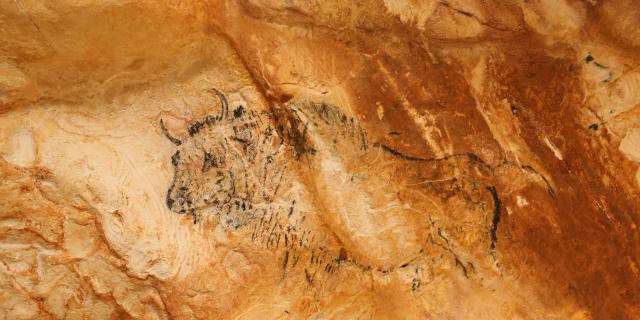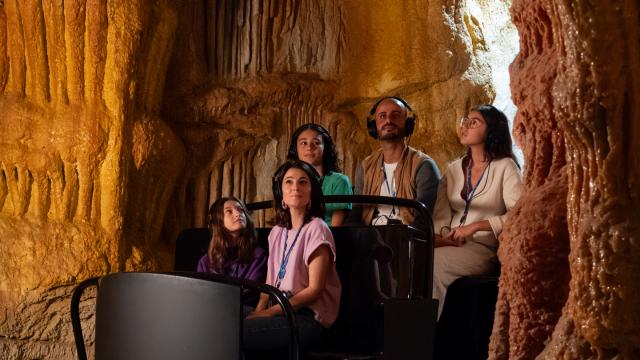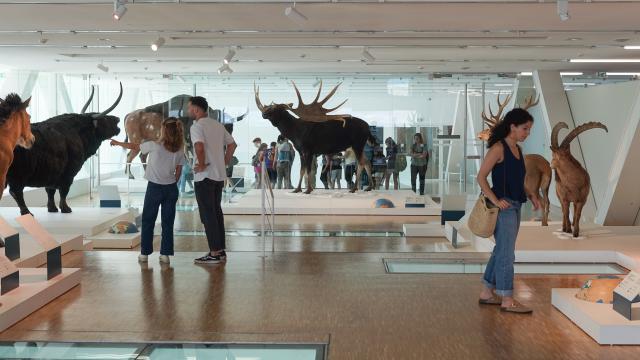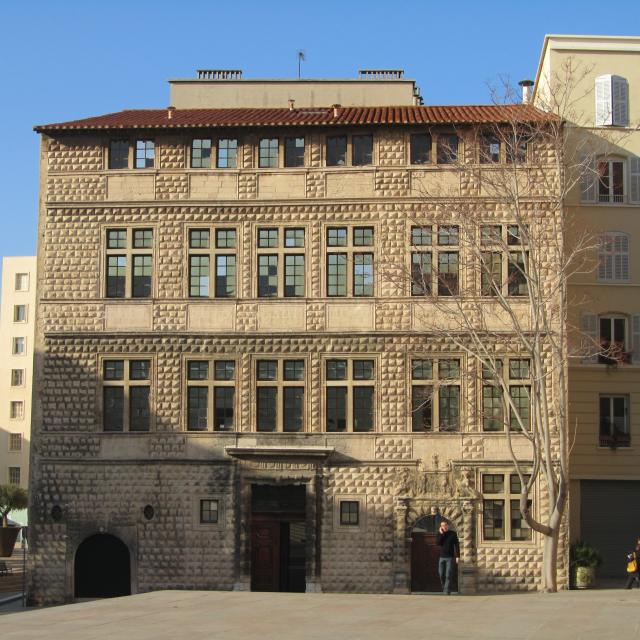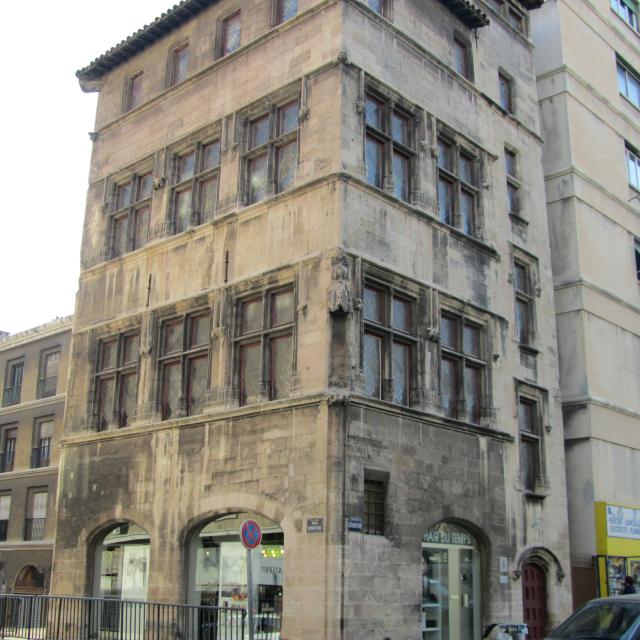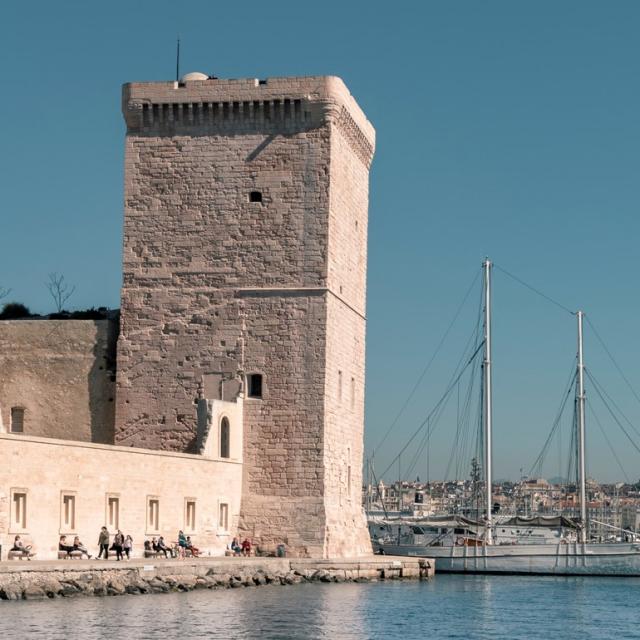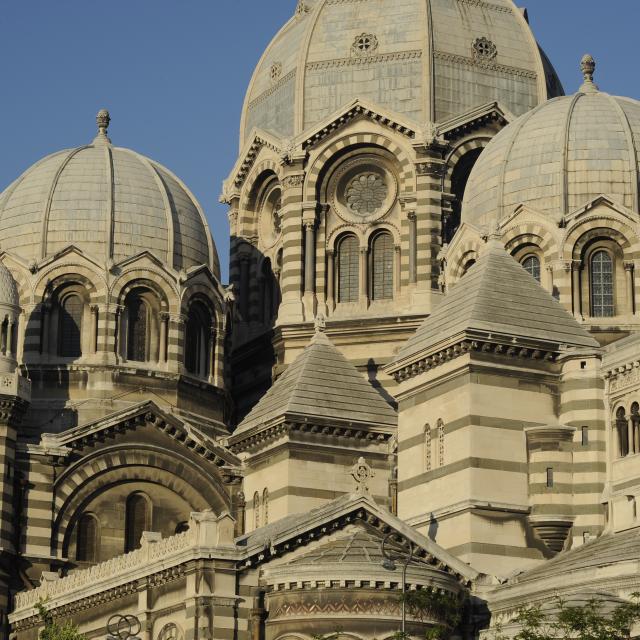The discovery of the Cosquer cave
Let’s start at the beginning. In 1985, Henri Cosquer, an experienced scuba diver with a passion for the underwater world, went diving in the Calanques, his vast playground. That day, he dived towards Cap de Morgiou, an area he was accustomed to surveying. At a depth of 36 metres, a cavity in the rock face caught his eye and he decided to explore it. It was the beginning of a great adventure for this man, who was about to make a major discovery that would turn his life upside down. At the end of this narrow, immersed gallery, some 175 meters long, he discovered a veritable treasure trove dating back 30,000 years: over 480 works of art painted or engraved on the rock, penguins, deer, ibex, bison, handprints and hearth marks.
After several trips back and forth over a period of 6 years, he brought his discovery to light. The cave was visited by our ancestors over a long period, from 33,000 BC to 19,000 BC. At that time, the sea was 120 meters below today’s level, with water several kilometers away. The climate was cold and the landscape was not the same as today.
In 1991, the cave was authenticated and revealed to the general public. A year later, it was classified as a historic monument. Since then, it has been studied by historians and researchers. Unfortunately, as the waters rise, the cave is doomed to disappear, with some of the paintings already partially submerged. The need to “bring out” this unique cave and share it with the world will become a priority. Today, the cave is inaccessible and its entrance has been sealed off.
